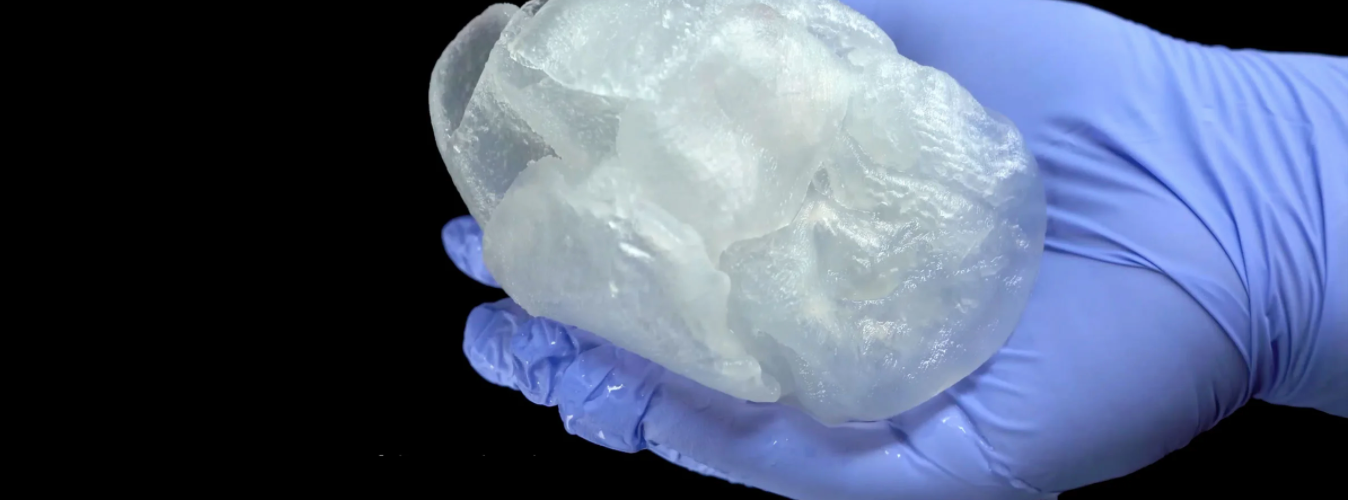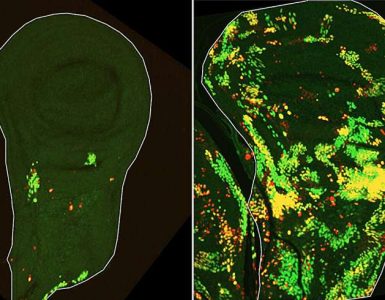Researchers just made a scientific leap toward making 3D-printed flesh and blood a reality. Writing recently in the journal ACS Biomaterials Science & Engineering, a team described how they repurposed a low-cost 3D printer into one capable of turning an MRI scan of a human heart into a deformable full-size analog you can actually hold in your hand. Squeeze it, and it’ll give like the real thing. Slice it open, and you’ll find chambers. The advance might eventually lead to fully-functioning 3D-printed hearts, and give medical device developers an unprecedented platform for testing their wares.
The researchers call their technique the Freeform Reversible Embedding of Suspended Hydrogels, or FRESH. They begin with a scan of a real heart and translate the data into something a 3D printer can read. Because the device works by depositing layers of material one on top of another, they run the 3D image through a slicer program. “For every layer, it basically defines the path that the material is going to be extruded, and then feeds that to the printer,” says Adam Feinberg, a biomedical engineer at Carnegie Mellon University who coauthored the new paper.
Read more at Wired





